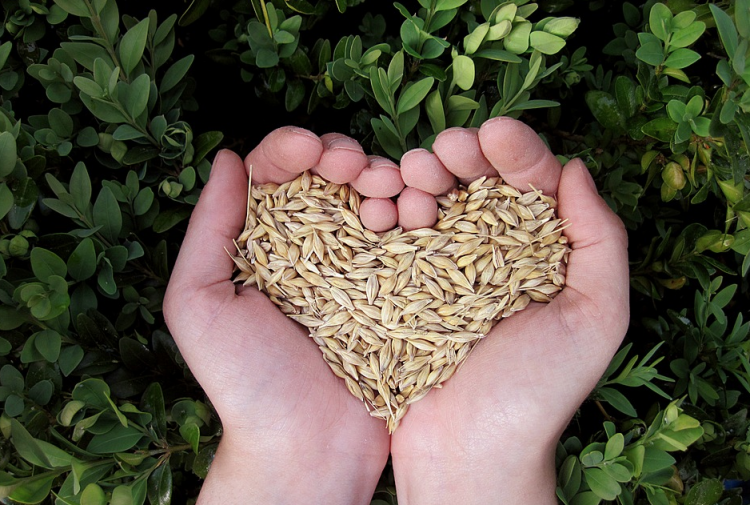Grains have gotten a bad reputation these days. While refined grains may contribute to weight gain and health problems, eating more whole grains can help you lose weight and reduce your risk of chronic diseases like heart disease, type 2 diabetes, and colorectal cancer.
All grains started as whole grains with the whole part of the seed intact: the bran, the germ, and the endosperm. The bran contains antioxidants, B vitamins, and fiber; the germ contains B vitamins, some protein, minerals, and healthy fats; the endosperm contains carbohydrates, proteins, and small amounts of vitamins and minerals. Refined grains have the bran and germ removed, leaving only the endosperm. Because refined grains have part of the grain removed, they have fewer vitamins, minerals, and fiber than whole grains.
Examples of whole grains include whole wheat, brown rice, wild rice, quinoa, oats, buckwheat, whole grain corn, farro, millet, sorghum, and spelt. Packaged foods made with 100% whole grains usually list the whole grain they’re made with at the beginning of their ingredient label. Just because a product like bread is brown instead of white doesn’t mean it’s 100% whole grain. For example, “multigrain” or “wheat” bread aren’t necessarily 100% whole grain, so it’s important to read the ingredients list. Also, The Whole Grains Council’s “100% Whole Grain Stamp” indicates that one serving of the product has at least one serving of whole grains per serving and that all of the grains in it are whole.
Aim to make at least half of your grains whole. You can make these swaps for whole grains gradual. Start by making simple shifts to grains like 100% whole wheat bread, pasta, tortillas; brown rice, oatmeal, and grits. For foods like pasta, you can try starting with half white/refined pasta and half whole grain pasta. Include whole grains in your snacks, such as 100% whole wheat crackers or low-fat, unsalted butter. Some whole grains like brown rice take a while to cook. Save time by cooking double of what you need and refrigerating or freezing the leftovers. When baking foods like muffins, replace half of the all-purpose flour with whole wheat flour.
Like any lifestyle changes, switching to whole grains does not have to be all at once. Start with small steps towards eating more whole grains! What whole grain products can you try this week?
-Cara